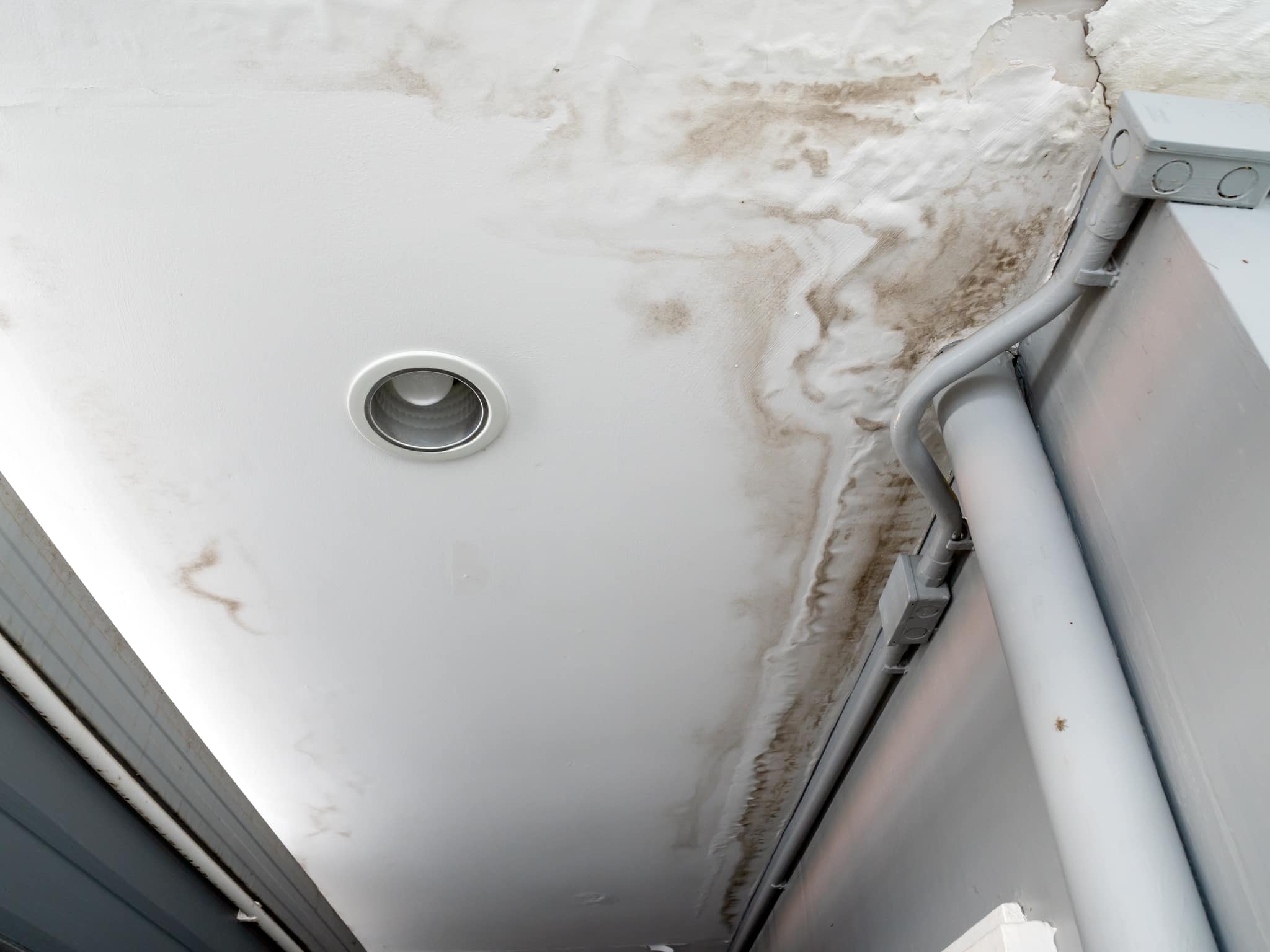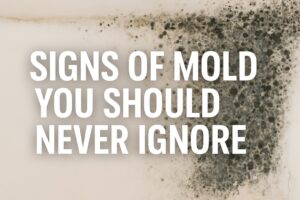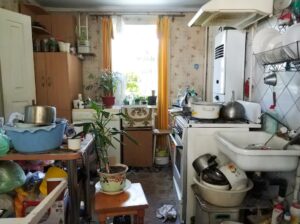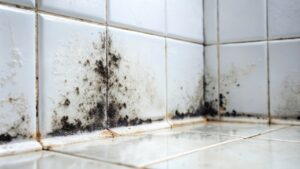Mold is more than just an eyesore; it’s a health hazard that can affect your family’s well-being and the structural integrity of your home. One of the best ways to protect your home from mold is to understand where it’s most likely to grow and take steps to prevent it.
At Mold Solutions, we’ve seen mold show up in all kinds of places, but there are a few key areas in every home that are particularly prone to mold growth. In this blog, we’ll explore the most common spots for mold and offer tips on how to keep each area mold-free.
1. Bathrooms
Why Mold Grows Here:
Bathrooms are mold’s favorite spot, thanks to the constant moisture and humidity from showers, baths, and sinks. Water tends to linger on surfaces like tiles, grout, and walls, creating the perfect environment for mold to thrive.
Prevention Tips:
- Ventilation is Key: Make sure your bathroom has a working exhaust fan to reduce humidity. Let the fan run for at least 30 minutes or until there is no fog on the mirrors and windows after bathing to help dry the room.
- Wipe Down Surfaces: After a shower, wipe down tiles, glass doors, and any other surfaces where moisture collects.
- Fix Leaks Immediately: Leaky faucets or pipes can quickly lead to mold. Address any plumbing issues as soon as they arise.
2. Kitchens
Why Mold Grows Here:
Kitchens experience a lot of moisture from cooking, dishwashing, and sometimes poor ventilation. Mold can easily grow under sinks, around faucets, or even in and around refrigerators due to condensation.
Prevention Tips:
- Keep the Sink Dry: After washing dishes, wipe down the sink and the area around it to prevent water from pooling.
- Check for Leaks: Regularly inspect under the sink for leaks or moisture. If you find any, fix them promptly.
- Use an Exhaust Fan: Run your kitchen’s exhaust fan when cooking to reduce moisture and condensation.
3. Basements
Why Mold Grows Here:
Basements are prime spots for mold because they are often cool, dark, and damp. Water from the ground can seep in, creating moisture issues that lead to mold growth on walls, floors, and stored items.
Prevention Tips:
- Use a Dehumidifier: Keep a dehumidifier running in your basement, especially during humid months, if moisture levels are high.
- Check for Cracks or Leaks: Regularly inspect the foundation for cracks or leaks, as water intrusion can lead to mold.
- Improve Ventilation: Ensure that your basement has proper ventilation to prevent stale, moist air from accumulating.
4. Attics
Why Mold Grows Here:
Attics can trap heat and humidity, especially if there’s poor ventilation or a roof leak. This creates a breeding ground for mold, which can grow on insulation, wood beams, and even inside air ducts.
Prevention Tips:
- Inspect for Roof Leaks: Check your attic regularly for signs of roof leaks or water damage, especially after heavy rains.
- Ensure Proper Ventilation: Make sure your attic is well-ventilated with proper airflow to reduce humidity buildup.
- Check Insulation: Proper insulation can help prevent condensation in your attic and help reduce moisture that could lead to mold.
5. Laundry Rooms
Why Mold Grows Here:
Laundry rooms can be high in moisture due to the humidity from washers and dryers. Leaks, spills, and the warmth generated by appliances create a mold-friendly environment.
Prevention Tips:
- Dry Out the Washer: Leave the washing machine door open between uses to allow it to air out and prevent moisture buildup.
- Clean the Lint Trap: Make sure the dryer’s vent is clean and properly sealed to prevent moisture from escaping into the laundry room.
- Address Leaks Quickly: Inspect hoses and plumbing connections for leaks and repair them immediately.
6. Around Windows and Doors
Why Mold Grows Here:
Condensation around windows and doors, especially in humid or cold climates, creates moisture buildup that can lead to mold growth on wood frames and sills.
Prevention Tips:
- Install Weather Stripping: Weather stripping around windows and doors can help prevent moisture from entering your home.
- Wipe Away Condensation: During colder months, regularly wipe away condensation that builds up on windows to prevent mold from forming.
- Ensure Proper Sealing: Check for cracks or gaps around windows and doors where water could seep in.
7. Air Conditioning and Heating Systems
Why Mold Grows Here:
HVAC systems are particularly susceptible to mold because they deal with moisture and airflow. Mold can grow inside the ducts, filters, or on coils if moisture is not properly managed.
Prevention Tips:
- Change Filters Regularly: Replace your HVAC filters regularly to prevent mold spores from accumulating in your system.
- Schedule Regular Maintenance: Have your HVAC system inspected and cleaned regularly to ensure it’s free of moisture and mold growth.
- Use a Dehumidifier: Running a dehumidifier, especially in humid climates, can help keep the air dry and prevent mold from growing in your HVAC system.
Protect Your Home from Mold Growth
While these areas are some of the most common places for mold to grow, the reality is that mold can thrive anywhere moisture is present. At Mold Solutions, we specialize in identifying and removing mold in every corner of your home. Whether it’s in the bathroom, basement, or HVAC system, our professional team will ensure that your home stays mold-free.
If you suspect mold in your home, don’t wait. Contact Mold Solutions today to schedule a consultation and let us help you safeguard your home from mold growth.








